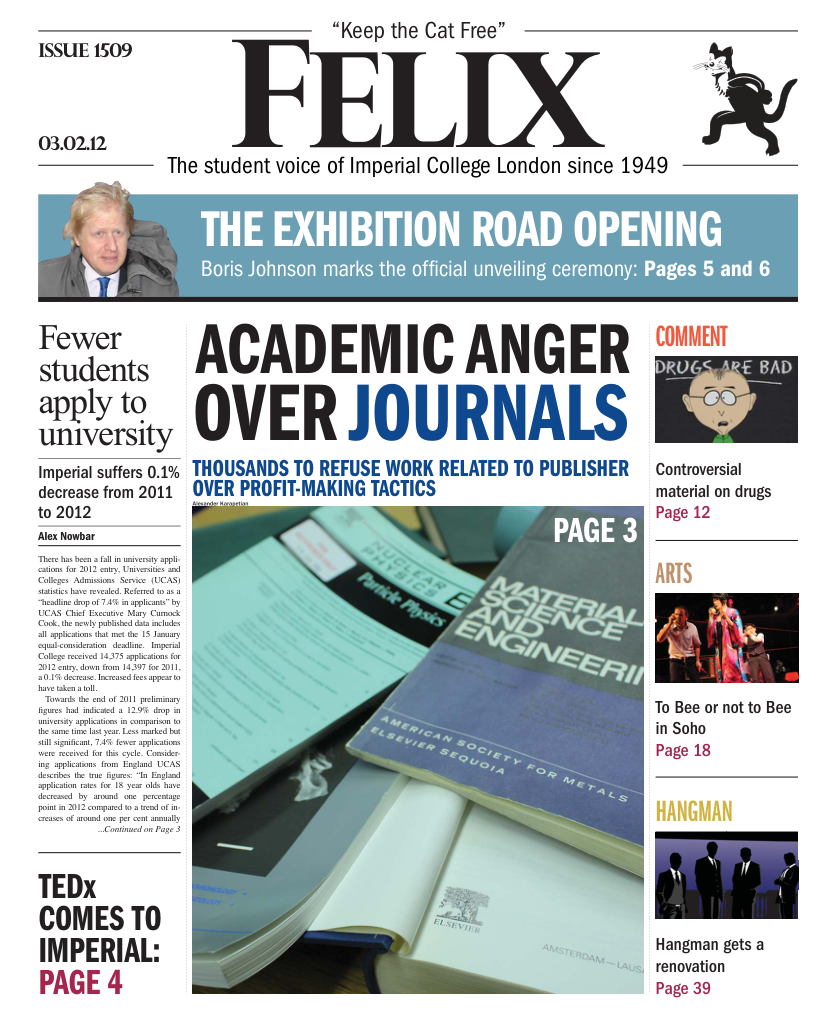The technology behind Raincatcher
Pavitar Devgon explains rainwater harvesting systems

By now, I’m sure you’ve heard a lot about Raincatcher’s aims. But how much of the technology behind our systems do you know about?
In order to support our aim of providing clean, sustainable supplies of water to people who currently cannot access it, Raincatcher sends a team to Tanzania every year to build rainwater harvesting systems. As with many equatorial countries, Tanzania’s climate fluctuates between extremes year round; during the wet season, there is plenty of rain providing sufficient supplies of water, but during the dry season, water resources become scarce. Our rainwater harvesting systems are built so that water can be collected in the wet season, usually from buildings with large roofs like schools and churches. The water is then sent by gutters to a vast tank for storage until it is needed. Typically, the tanks can hold a few hundred thousand litres of water. This year, our aim is to build two 100,000L tanks for two schools in the village of Igunga.
However, there are some important points to consider when building a water tank on this scale. The initial concern is the size. The standard concrete tanks that Raincatcher uses can only hold a maximum of 150,000L of water above ground; any more water and the pressure inside will rupture the structure. In the past, Raincatcher teams have built tanks which can hold 250,000 litres of water underground, which had the advantage of being able to balance the pressure.
Another factor to consider is the issue of the first flush. When it rains and water collects from the roofs, there is often dust and other sediment transported with it, which are not clean to drink. The idea of the first flush is to drain away the volume of water that contains the residue so that subsequent flows are uncontaminated. This has to be incorporated into the design of the tank, which we have solved by using a diversion chamber; the first flush will fill this chamber and, once full, water can pass on to the tank. The chamber is then drained and the dirty water can be used for other needs.
In previous years, Raincatcher teams’ only purpose was to build water tanks but, this summer, our team intends to start a new program – the “Training of Trainers” scheme, which aims to educate people in Tabora and local rural areas about hygiene, sanitation and how to construct their own domestic scale rainwater harvesting systems. This will be a huge step towards sustainability as local people will be able to provide for themselves and learn about the safety of water use. As our last article pointed out, this education is crucial – there is no point having access to water if it is not looked after, cleaned and maintained.
Along with the first flush system, a filter needs to be installed to prevent small organisms and detritus infecting the water. A simple mechanical filter can remove small items from the water, and one prospect considered is the sand filter. This looks a bit like a ceramic flower pot, but contains sand of varying coarseness which removes smaller solutes as the water flows further down the filter. However, due to the amount of water involved and time it takes to filter, this doesn’t seem like a viable solution for our large tanks, and will instead be used in the Training of Trainers program for smaller household-scale water tanks. A different design of filter, which can handle much larger quantities of water, will be implemented for the big tanks.
To remove biological hazards in water, it is common to boil it, but the Training of Trainers program will incorporate another, more practical method. Most dwellings in the villages of Tanzania are self-made and feature corrugated iron roofs. Water in transparent bottles or jars can be placed on the roofs and the heat from the sun is reflected and focused to the water, killing most of the microbes present. This has an advantage over boiling – the sun’s light also contains ultraviolet radiation, which most high-tech water filters use to purify water! This is a cheap, sustainable and low-tech alternative and we hope it will prove a huge success.
So although you may hear us talking a lot about rainwater harvesting systems, remember there is much more that needs to be done to create a sustainable supply of fresh water. Any donations you make will go a long way to help us realising this project. To find out more about Raincatcher Imperial, or to donate money through Virgin Money Giving, please visit www.raincatcherimperial.org.







